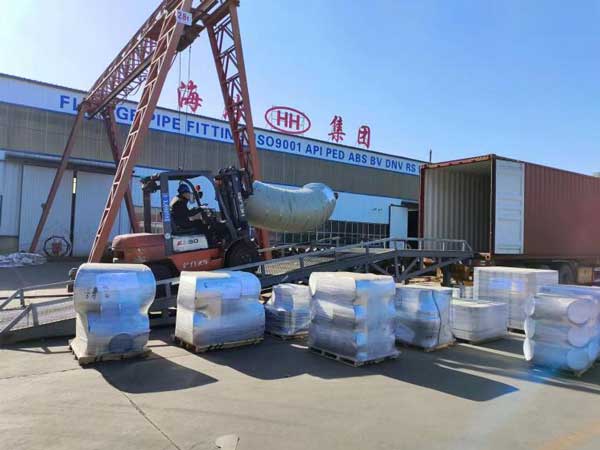Effect of deformation termination temperature on different steel types
During the hot working process, the deformation termination temperature has an important influence on the structure of steel. The higher the deformation termination temperature, the stronger the tendency of grain aggregation and growth, and the resulting austenite grains will be coarser, so it should be try to reduce the deformation termination temperature during finished product as much as possible, but generally not lower than Ar3, that is, by controlling rolling and cooling means to refine the grains and improve product quality.
The deformation termination temperature of low carbon steel should be controlled close to 800°C, and the minimum should not be lower than 750°C.
For high carbon steel, in order to prevent the formation of reticular cementite, the deformation termination temperature should be controlled at about 850°C when finished. If the deformation termination temperature and post-rolling rapid cooling are well matched, it is possible to the precipitation of eutectoid cementite is completely suppressed, and reticular cementite does not appear. Even if it is formed, it is thin and easy to eliminate, and no additional steps are required.

HAIHAO GROUP
After rolling of hypereutectoid carbon steel and alloy steel, excess cementite forms a cementite (carbide) network distributed along the grain boundaries. Steels with a cementite network reduce cold deformation capacity and increase the tendency to develop quenching cracks. Steel needs to undergo complex heat treatment to eliminate the cementite network, and heat treatment cannot achieve the goal at any time. Therefore, it is necessary to create conditions such that a cementite network is not formed in the steel after rolling. Final rolling at low temperatures and fairly rapid cooling of the steel after rolling can be achieved.
Slow cooling after rolling will produce coarse ferrite grains, while the yield point will decrease and the brittle transition temperature will increase. The cooling rate is related to the cross-sectional size of the steel. It is difficult to achieve rapid cooling of large-section steel. Therefore, for the same grade of steel, the mechanical properties of large-section steel are lower. Foreign round steel is usually air-cooled after rolling. This is directly related to the low gas content in foreign steel. The effect of online water cooling will be better. The specifications of water-cooled round steel are below Ф75mm. Using water-cooling technology often causes the water-cooling line to be too large. Longer, the investment increases, but rapid cooling is beneficial to reducing the secondary band structure, but when the austenite grains are coarse, especially when the manganese content in the steel is high, rapid cooling may form Widmanstatten iron sdsee. Therefore, rapid cooling after rolling must be coordinated with a low deformation termination temperature. When the deformation termination temperature is low and the austenite grains are relatively small, even rapid cooling will not form Widmanstatten ferrite.
After the alloy structural steel is rolled on the medium-sized rolling mill, the steel with a diameter of less than 60mm is pile-cooled in the air, while the steel with a diameter greater than 60mm is cooled in an unheated slow cooling pit. The time for steel to cool to 100-150℃ in the pit should be no less than 30 hours.
Ball bearing steel has a tendency to produce white spots, so needle bearing steel should be cooled slowly after rolling, or heat treated according to the prescribed system. The temperature should not be lower than 700°C during charging. The billet should be placed in the pit until the temperature is not lower than 700°C. Above 100–200℃ for an average of 72 hours, even when the final rolling temperature is low, the steel will be slowly cooled and a cementite network will be produced in the steel. When the temperature is lower than 650℃ during slow cooling, no cementite network will be formed. Therefore, in order to avoid the formation of cementite network, each bar after steel rolling is cooled individually and directly cooled to a temperature below 650℃ as quickly as possible. To ensure that the cooling rate of ball bearing steel without cementite network is determined by the final rolling deformation temperature, when the final rolling temperature is 900–950℃, the cooling rate must not be less than 45–50℃/min, and the cooling rate must be no less than 45–50℃/min. As the final rolling temperature decreases, the cooling rate can be reduced.
By controlling the appropriate final finishing temperature (temperature near Ac3) and matching the appropriate compression ratio (about 40%) in the finishing rolling mill, low and medium carbon steels, alloy steels, spring steels, bearing steels, etc. Alloy steel to obtain ideal metallographic structure and optimal mechanical properties. As an expert in the field of pipeline systems, Haihao Group often provides customers with pipeline system supporting products of different materials. Therefore, our company is proficient in processing various steel materials. If you need high-quality pipeline system supporting products, please feel free to contact us.

